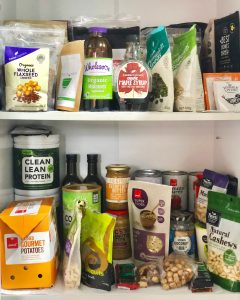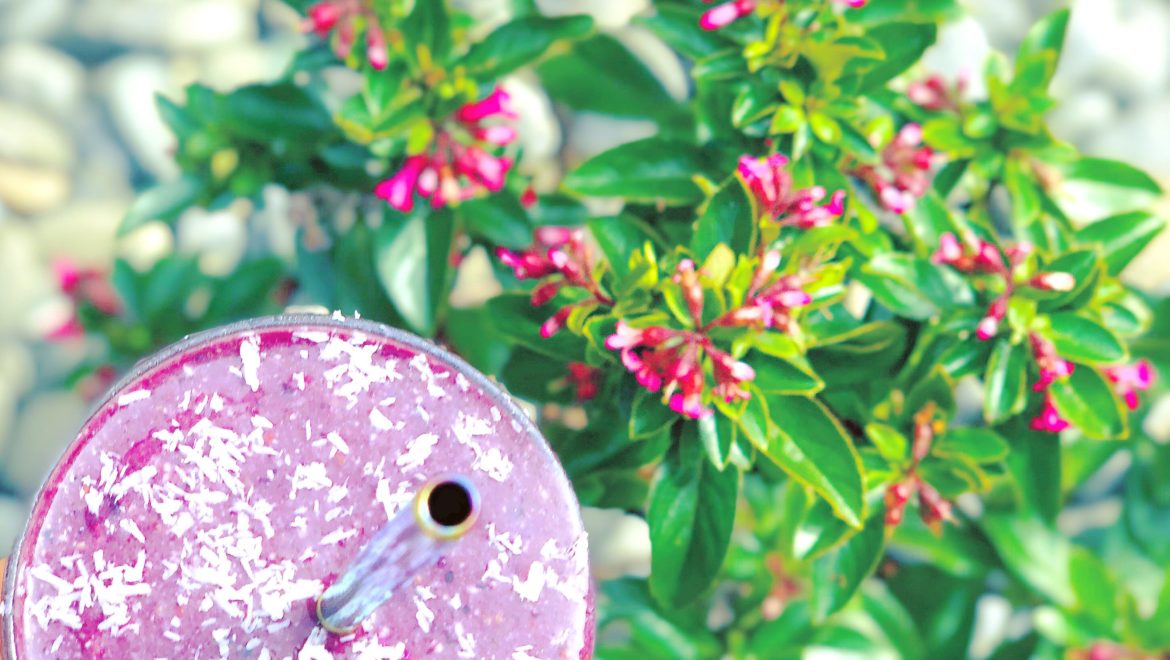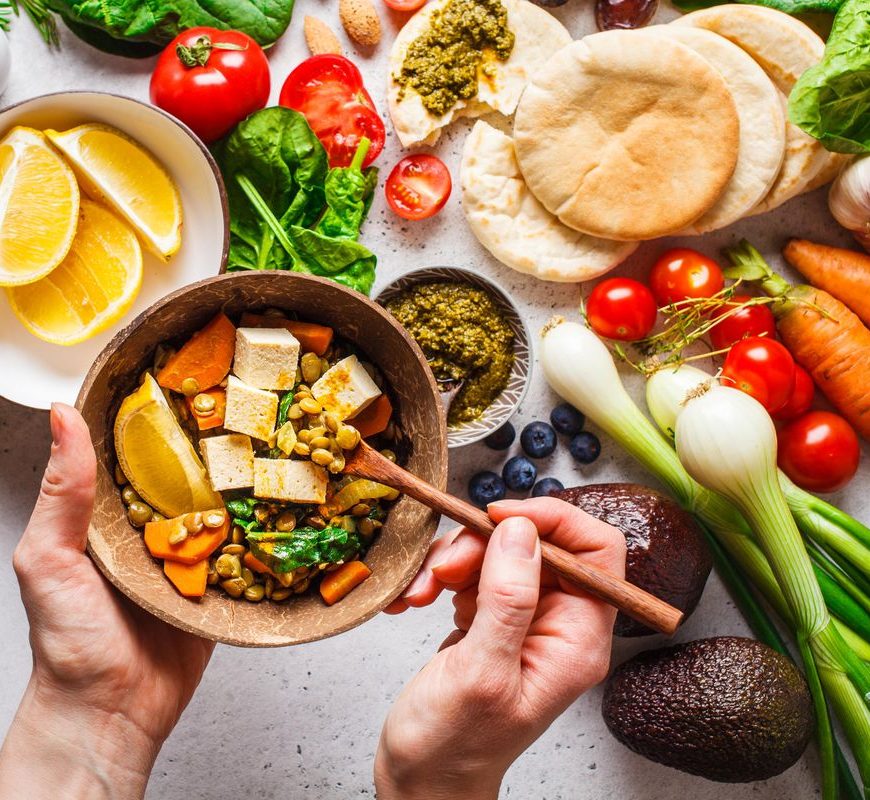How long does your smoothie keep you full?
When people tell me they don’t have a smoothie for breakfast because “it’s not filling enough”, I tell them to try one of my smoothies!
Of course a fruit-only smoothie won’t fill you up! It’s lacking PROTEIN and FAT.
Add more PROTEIN, FAT and FIBRE to get the most out of your smoothies.
If your smoothie is just a snack or an addition to your breakfast, then it doesn’t need to be as filling. These recommendations are for people like me who rely on a smoothie as a meal for breakfast.
Here are some COMMON SMOOTHIE MISTAKES and the reason why your smoothies aren’t as filling as they should be.
Too Much Fruit
Fruit contains carbs and fibre, but lacks protein and fat. By nature, fruit digests very quickly. About 30 minutes is all it takes for fruit to leave your stomach. You’ll probably be hungry not long after. A homemade smoothie will keep you fuller for longer than one from a juice bar that triples your daily fructose allowance (fructose is the sugar found in fruit).
This is most important for anyone with diabetes, insulin resistance, or any kind of blood sugar imbalance.
Not Enough Protein
Protein keeps us fuller for longer and digests much more slowly. Sources of protein suitable for a smoothie are protein powder, collagen powder, nuts, seeds, and nut butter. Protein powder tastes much nicer than chicken in a smoothie!
Protein and collagen have different amino acids. Protein powder is for general wear and tear of the body – muscle maintenance, repair and growth. Collagen powder specialises on skin, hair, nails, and joints.
Fat, along with protein, keeps us fuller for longer and digests even more slowly. Sources of fats suitable for a smoothie are nuts (almonds, walnuts, Brazil nuts, macadamias, hazelnuts, pistachios, cashews, pecans), seeds (chia, flax, sunflower, pumpkin), nut butter (peanut or almond), or oil (coconut, hemp or flax). Eating fat doesn’t make you fat.
The key difference between eating protein, fat and carbs it that protein and fat tell your brain that you are full while you are eating. Meanwhile, carbs are notoriously late to the party. There is a delay in communication from carbs. This is why it’s so much easier to overeat carbs, compared to protein and fat. They say it can take up to 20 minutes to feel full when you eat. This feeling happens instantly when you eat plentiful protein and fat.
Dairy products spike insulin and contain growth hormones (acting similarly to insulin). This includes milk, yoghurt, frozen yoghurt, ice-cream, gelato, and whey protein. The higher fat sources, e.g. butter and cream, have less insulin-effect than the lower fat sources. The worst culprits are low-fat milk and yoghurt. When (or if) you do eat dairy always choose full-fat. Full-fat = low sugar. Low fat = high sugar.
Choose alternate milks such as coconut milk/cream, almond milk, hazelnut milk, coconut yoghurt, almond yoghurt, cashew yoghurt, coconut butter, and coconut ice-cream.
Is Coconut Water All it’s Cracked Up To Be? Substitute with the above alternate milks or even just good old water – it’s not fancy but it does the job.
Crazy Concoction of Ingredients
Keep it simple. More ingredients doesn’t mean it’s going to taste better, if anything it’s the opposite! Stick to tried and tested flavour combinations.
Too Thin/Watery
If you’re like me, you like to have your smoothies THICK. Thick enough to eat with a spoon. There’s a Chinese proverb “Drink your food and eat your drink”. The thicker your smoothie is, the more it feels like food. I add just enough nut milk to blend my smoothies.
~
My smoothies can keep me going until past lunchtime. I generally don’t have a morning snack, and eat a late lunch (makes the afternoon go quicker!).
Here are some of the ingredients I add to my smoothies to make them more filling, plus the macronutrients they contain:
- Protein powder (protein)
- Collagen powder (protein)
- Peanut or almond butter (fat and protein)
- Hemp seeds (fat and protein)
- Coconut oil (fat)
- Chia and flaxseeds (fat, protein and fibre)
- Ground flaxseed (fat, protein and fibre)
- Almond or coconut milk (fat)
Yes, I would have all (or most) of these ingredients in one smoothie! Protein and collagen powders are protein (obviously). Nuts, seeds and nut butters are fat, protein and fibre. Oils are fat. Dairy is protein, carbs and fat (if it’s full fat). Fruit is carbs and fibre. Veggies are life (the more the better)!

The feature photo is my Berry Protein Smoothie – your guilt-free Low Carb High Fat (LCHF) smoothie, containing many of the ingredients listed above. It’s Paleo, plus dairy, egg, soy, gluten, wheat and refined sugar free, optional vegan. Check it out.
Your Nutrition Mentor,




